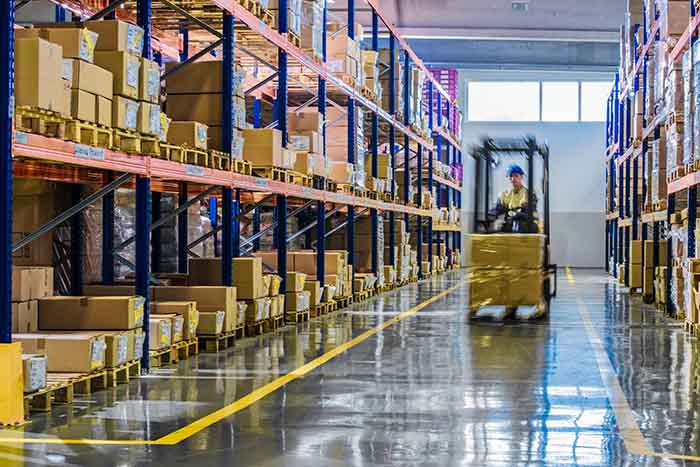The European Court of Auditors said fighting VAT fraud relies on cooperation between member states but found the information they exchange is often hard to compare, inaccurate or incomplete.
There is also a lack of reliable estimates on VAT losses, few targets to reduce them and while a “battery of tools” exists to tackle the problem, some need to be strengthened or more consistently applied.
Neven Mates, the ECA member responsible for the report, said the auditors found “significant weaknesses” resulting in a system that is not effective enough.
Single markets like the EU, where there is an intra-community supply of goods and services, are especially vulnerable to VAT fraud schemes, usually linked to organised crime. Europol estimates that €40-60bn of the annual VAT revenue losses of member states are caused by criminals.
In the EU, exports of goods and services from one member state to another are exempt from VAT, which is in principle charged when these are sold in the destination member state.
This system allows fraudsters to invent complex schemes that allow them to evade taxes, often in both countries.
The most common is known as missing trader intra-community fraud. Here, a trader buys imported VAT-exempt goods from another member state. They then resell those goods on the domestic market for a very competitive price, which does include VAT, but VAT the trader never intends to pass on to tax authorities.
This allows the trader to significantly increase their profit margins, after which they will disappear, making tax collection impossible.
Under a more complex variant of this scheme, a customer of the missing trader sells or pretends to sell the goods bought from the missing trader abroad, sometimes back to the trader which the goods were originally imported from, and claims back the VAT it paid to the missing trader from tax authorities.
This can be repeated in a circular manner, and is known as carousel fraud. Carousel fraud requires member states to work closely together, however a lack of a common approach means the VAT information exchanged between tax authorities is often incomparable.
The auditors also found that VAT information can be inaccurate, incomplete and untimely. On one occasion, a member state sent a message about incorrect VAT information more than two years and five months late.
There were no effective cross-checks between customs and tax data in most of the member states visited, there is a lack of cooperation and an overlap of powers between administrative, judicial and law enforcement authorities, and neither Europol nor the EU anti-fraud office OLAF can access data from the member states’ anti-fraud network or from the VAT information exchange, the auditors said.
The ECA made a number of recommendations to improve the EU’s approach to intra-community VAT fraud.
The European Commission should propose legislative amendments enabling effective cross-checks, focus its monitoring of member states on improving the timeliness of their replies and reliability of information and take a lead in establishing a common system for collecting statistics on intra-community VAT fraud, the auditors said.
They also suggested the European Council should move to deter illegal activities more effectively, and that both the European Parliament and the council should include VAT within the directive on the fight against fraud and grant OLAF clear powers and tools to investigate intra-community VAT fraud.














